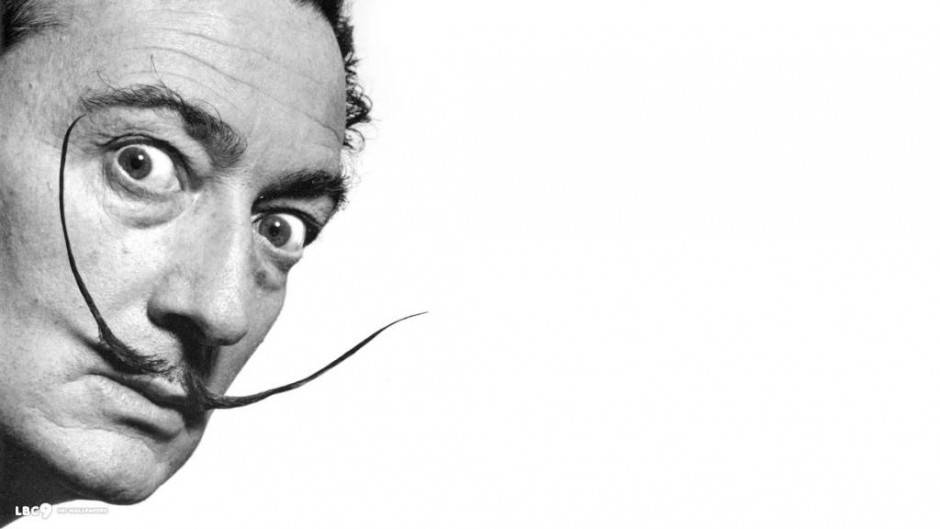

Salvador Dalí with his pet ocelot, Babou, 1965 Others have suggested that the deformed face in the centre is some kind of self-portrait. Many commentators have interpreted Dalí’s ants, a recurrent theme in his paintings, which can seen on the face of one of the painting’s pocket watches, as a symbol for decay.

Though Dalí denied this, citing, instead a Camembert cheese he had seen melt in the sun as the inspiration for this central motif. Some have suggested that the watches refer to Albert Einstein’s general theory of relativity. Yet, just as with the local mountains in the background, there are a few recongisable features in this work. The dripping watches and deformed face in this painting certainly look like an unalloyed expression of the subconscious. He even claimed to paint in a kind of self-induced hallucinatory state, which he called his ‘paranoiac-critical method’, enabling him to “systematize confusion and thus discredit completely the world of reality,” much to the delight of the French Surrealist co-founder Andre Breton. It also demonstrated his peerless grasp of Surrealism.ĭalí (left) and Man Ray in Paris, June, 1934ĭalí had officially joined the Surrealists in 1929, and remained intensely interested in the idea of subconscious art. The work not only displayed the 27-year-old painter’s technical proficiency and admiration for old masters – Dalí sported a pointed moustache in later life partly in tribute to Diego Velázquez. Yet it was these neighbouring mountains, in particular the craggy Cap de Creus peninsular and the nearby Mount Pani, that can be seen in his best-known work, painted while in this fishing village, which would make this poor artist a star: The Persistence of Memory.ĭalí created the famous work in 1931, completing it in August of that year. Penniless and outcast from the community which had inspired much of his art, the painter and his wife settled in a small fishing settlement, Port Lligat, buying a single-room fishing shack, where, “they had to suffer the damp walls and could mountain wind, the ‘tramontana’ which assails the region during the winter.” What’s more, this excommunication extended beyond his father’s house, as Robert Radford explains in our monograph, “a man of local influence let it be known that the ban extended to the whole village, and when Dalí insisted on returning he was snubbed and ignored in the streets.” This was hardship enough for the scandalous young painter, who, although part of the new Surrealist movement, had yet to find decent patronage among art dealers. On 28 December 1929, Salvador Dalí’s father threw the 25-year-old painter out of the family home. The painting is owned by the Museum Boijmans Van Beuningen, in Rotterdam, but was on loan to Te Papa Tongarewa in Wellington until November 2021.The Persistence of Memory (1931) by Salvador Dalí Salvador Dali's The Persistence of Memory explainedįind out how the Spanish Surrealist went from penniless painter to toast of the NYC artworld in one single canvas In the lower right corner is a handprint that Dalí insisted was left by his own hand. Swarming around the large face are biting serpents. In their mouths and eyes, there are more identical faces in a process implied to be infinite. In its mouth and eye sockets, there are identical faces.

The face is withered like that of a corpse and wears an expression of fear and misery. The painting depicts a withered, disembodied head hovering against a barren desert landscape. This work was painted between the end of the Spanish Civil War and the beginning of the Second World War. He sometimes believed his artistic vision to be premonitions of war. The trauma and the view of war had often served as inspiration for Dalí's work. It was painted during a brief period when the artist lived in California. The Face of War ( The Visage of War in Spanish La Cara de la Guerra) (1940) is a painting by the Spanish surrealist Salvador Dalí.


 0 kommentar(er)
0 kommentar(er)
